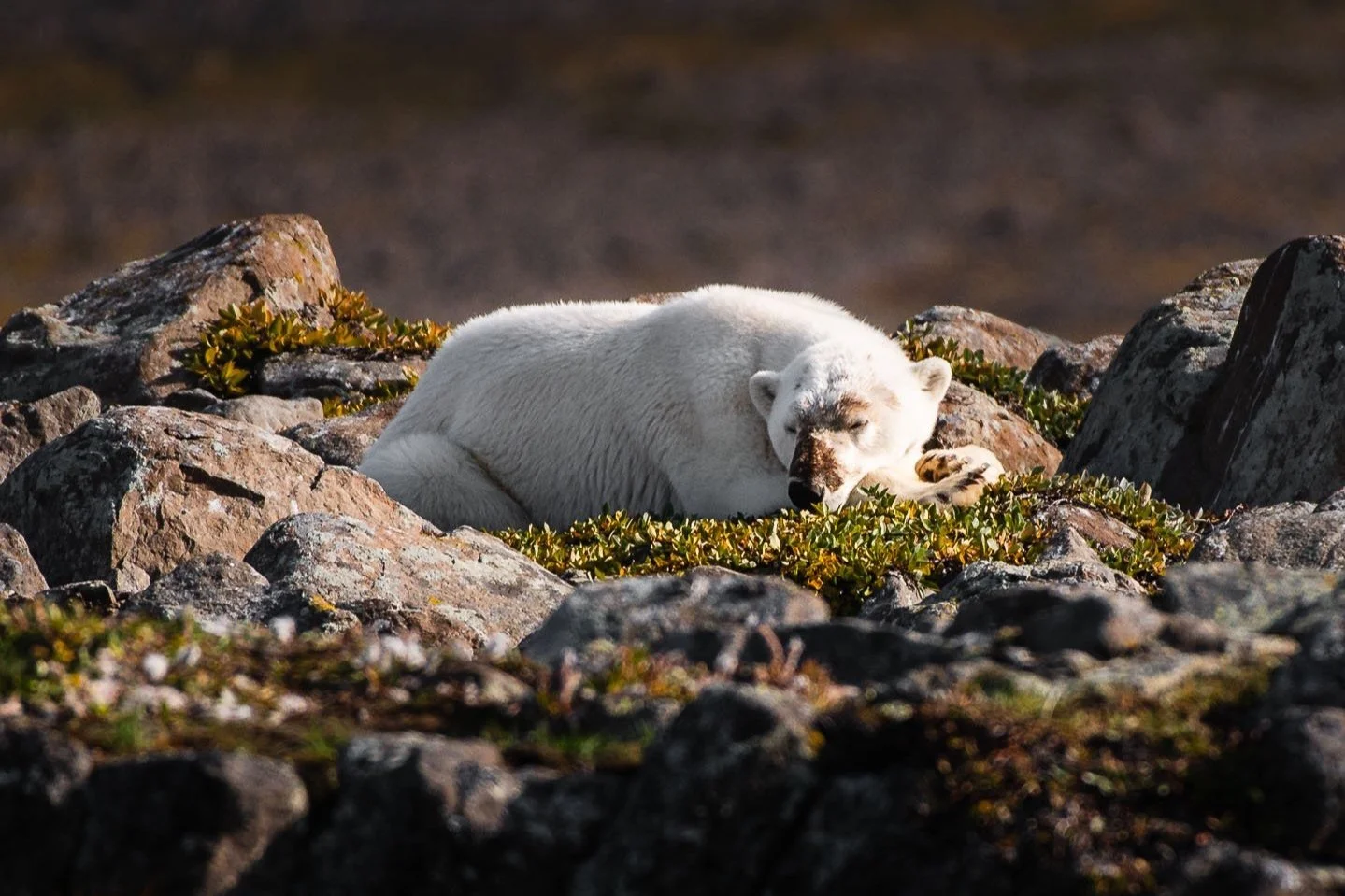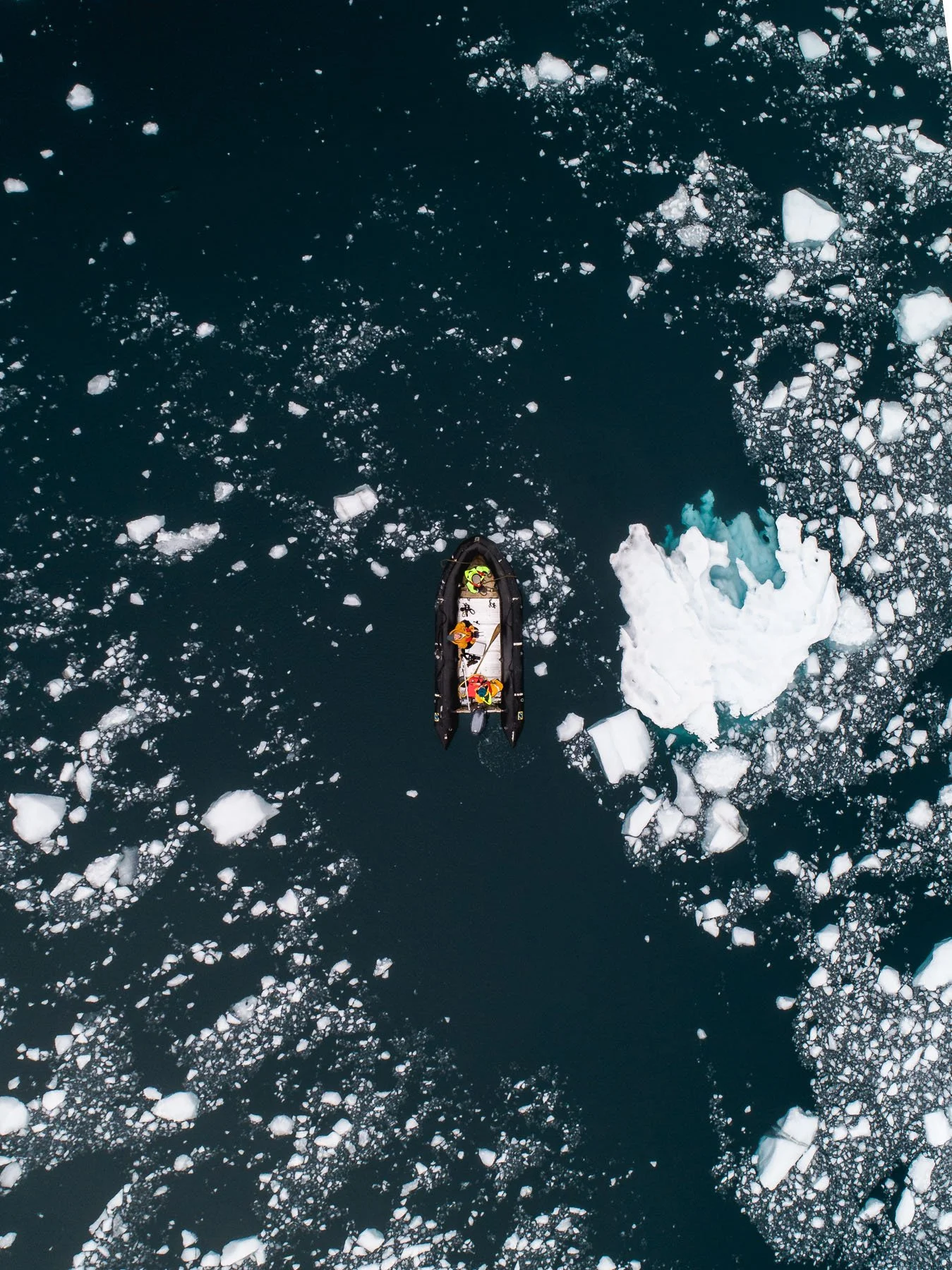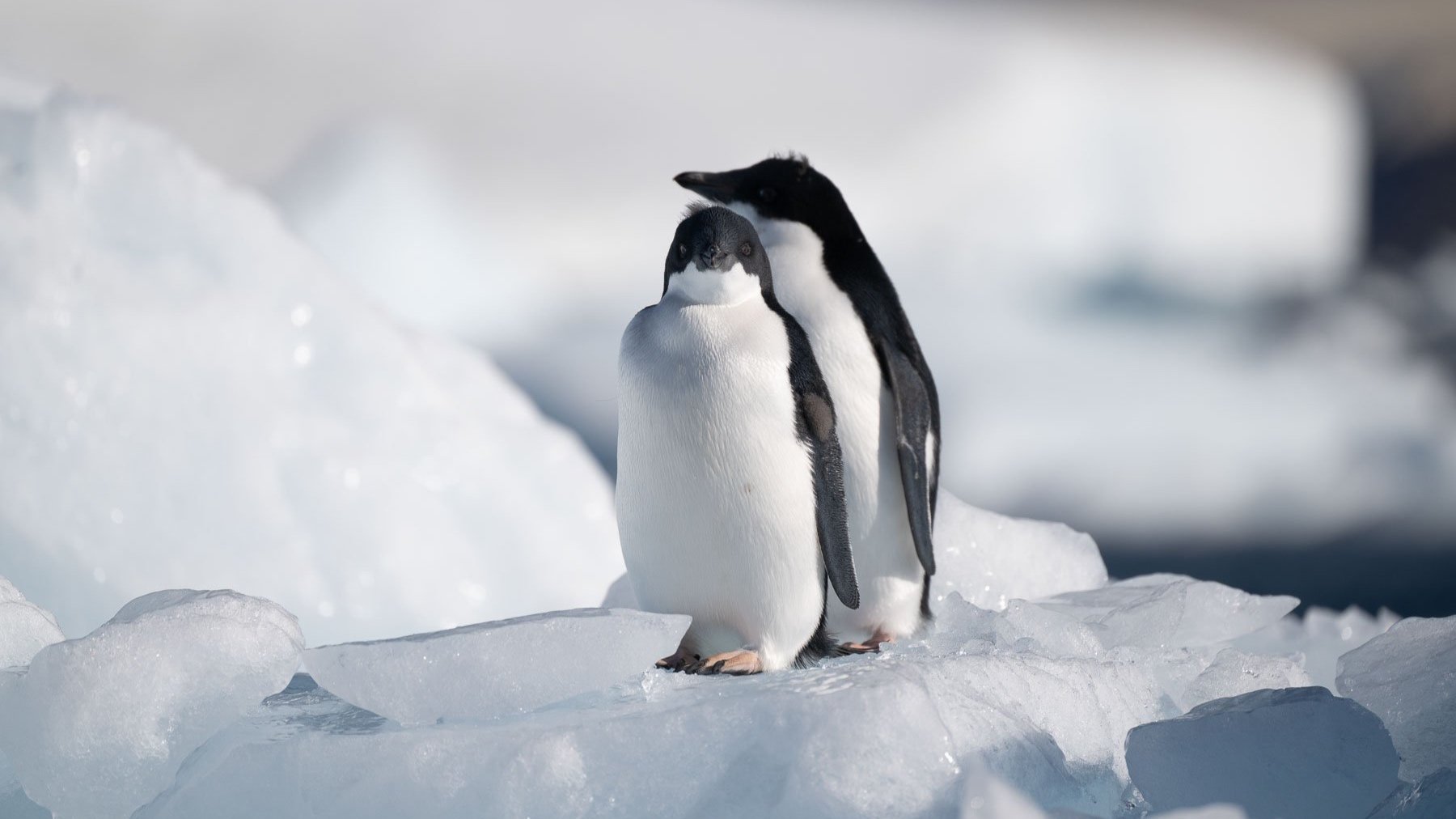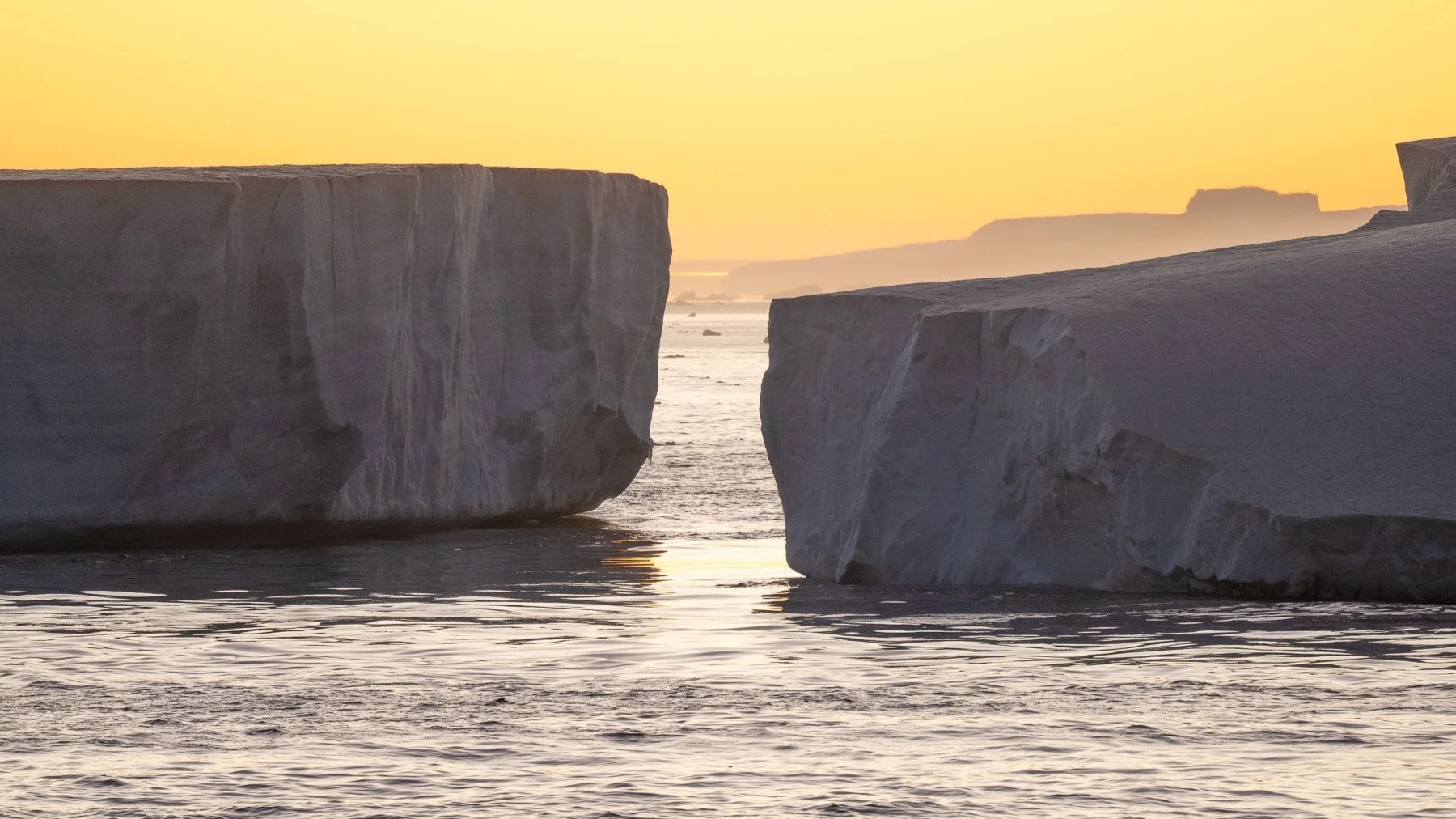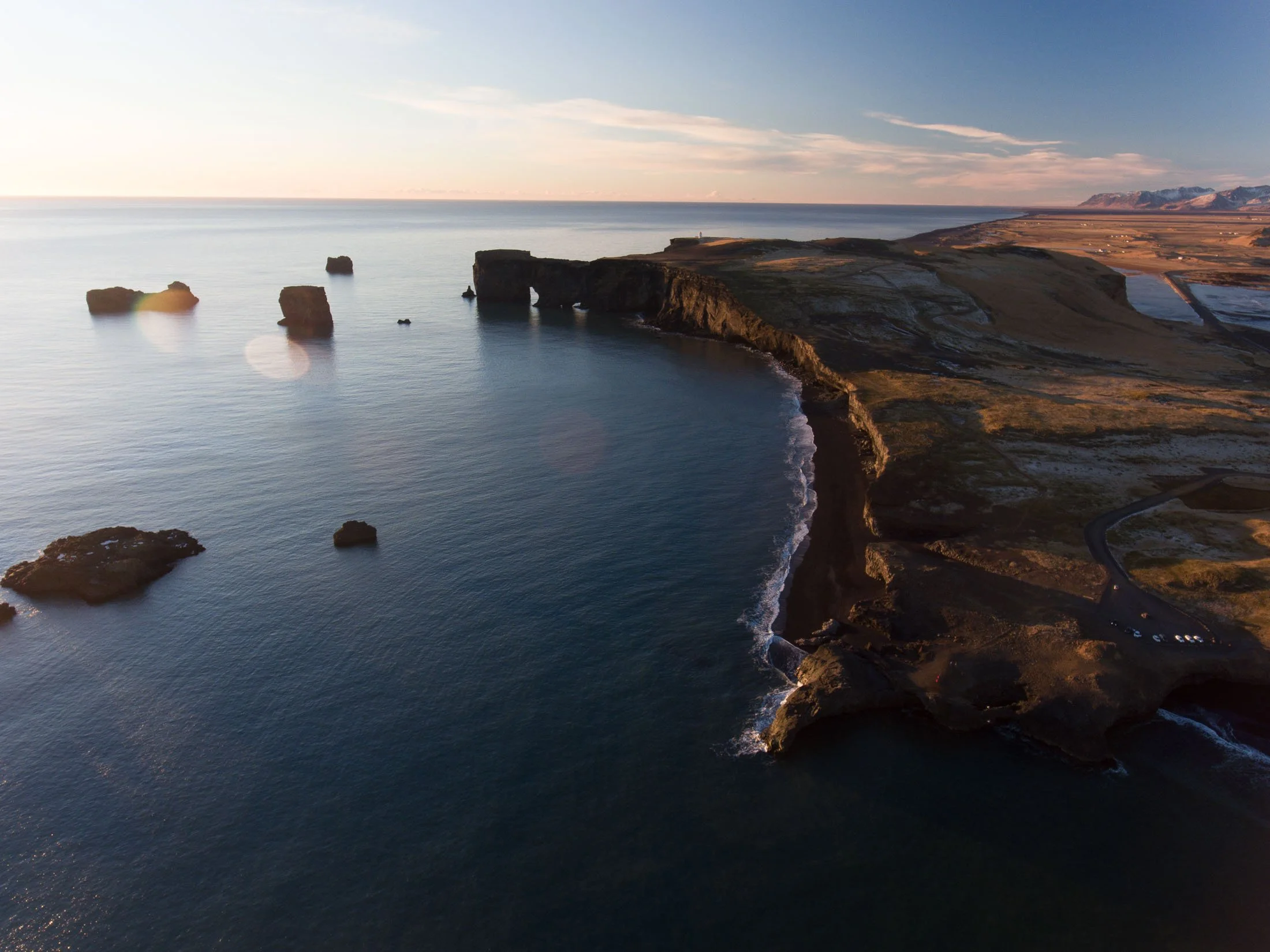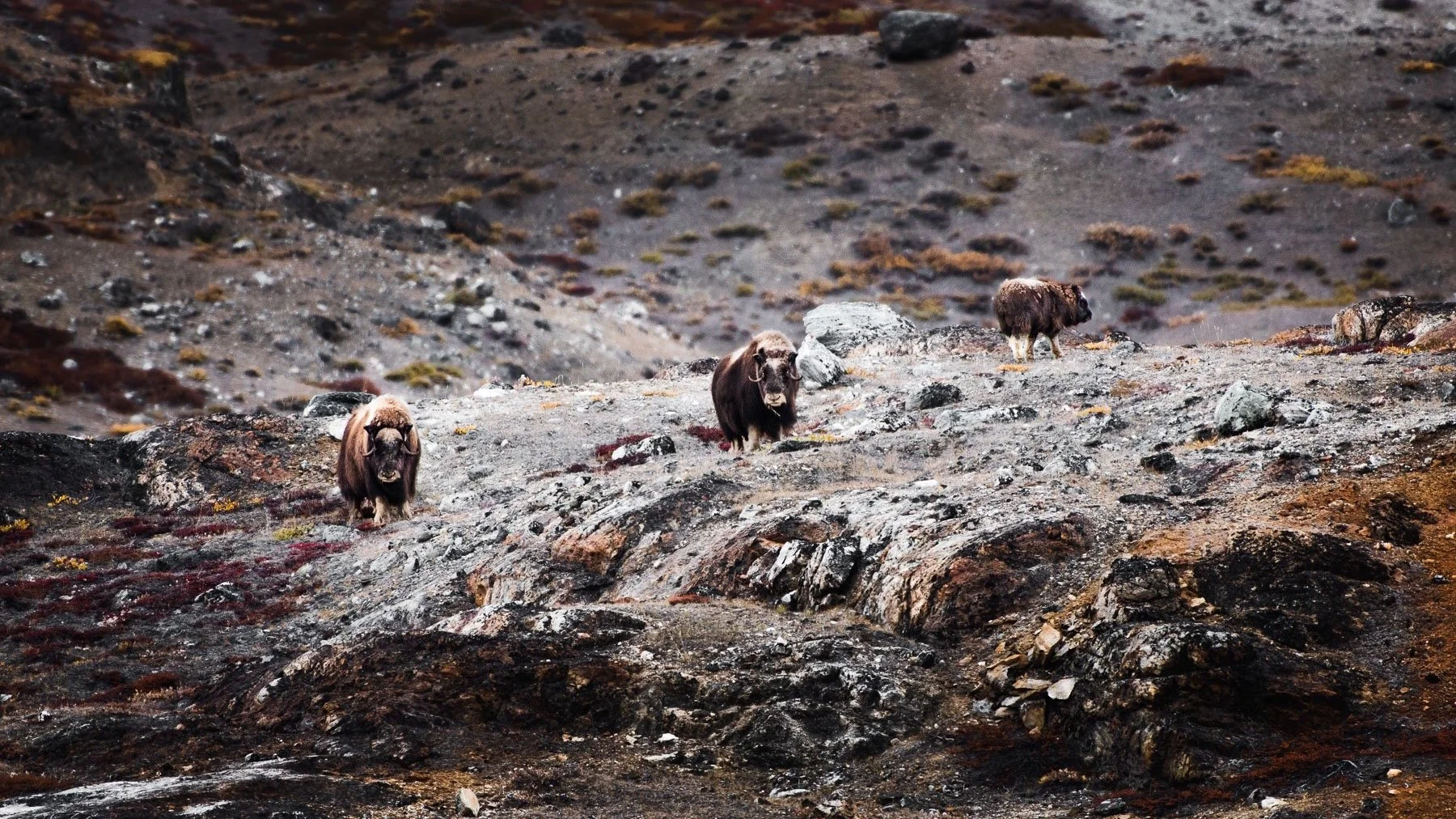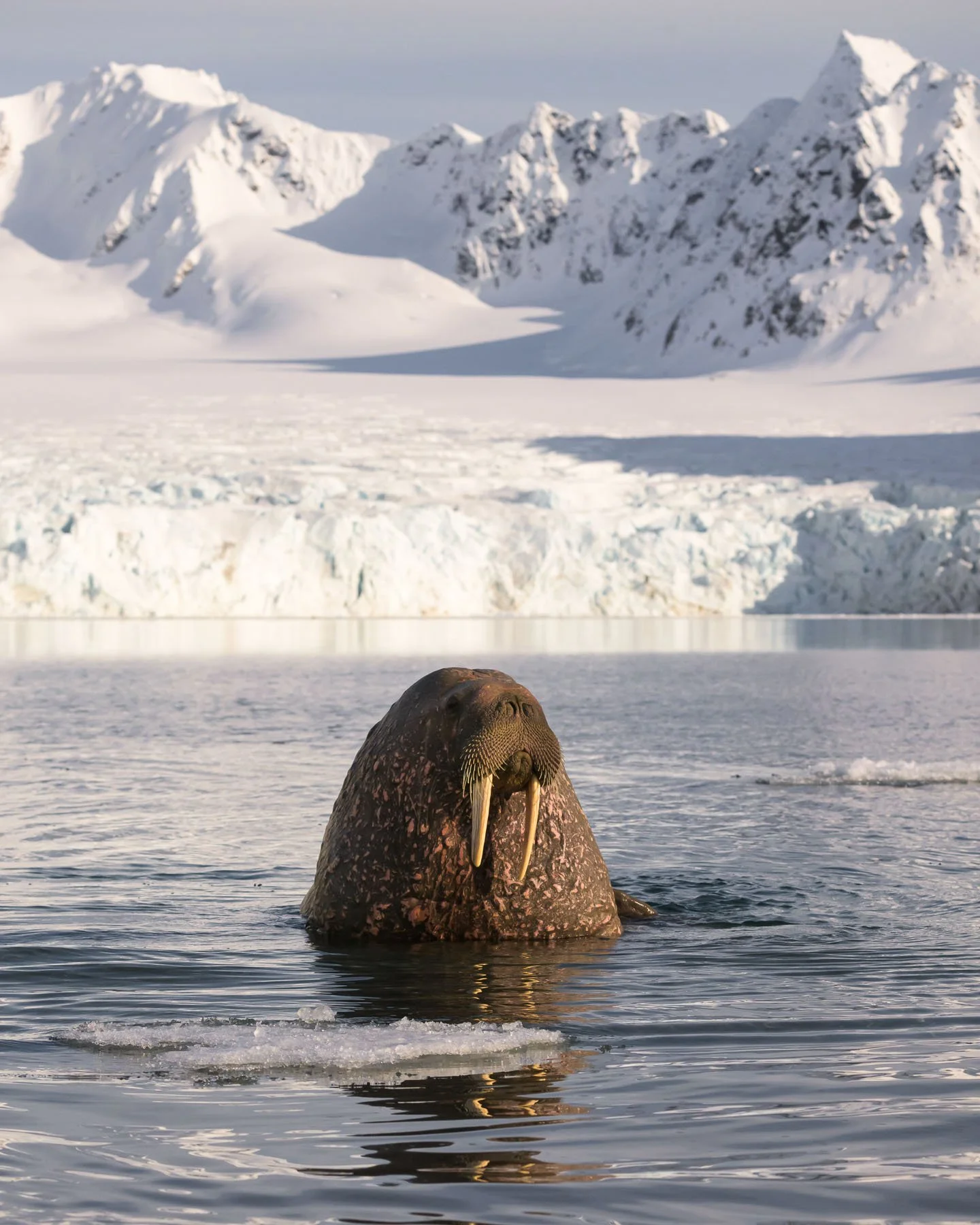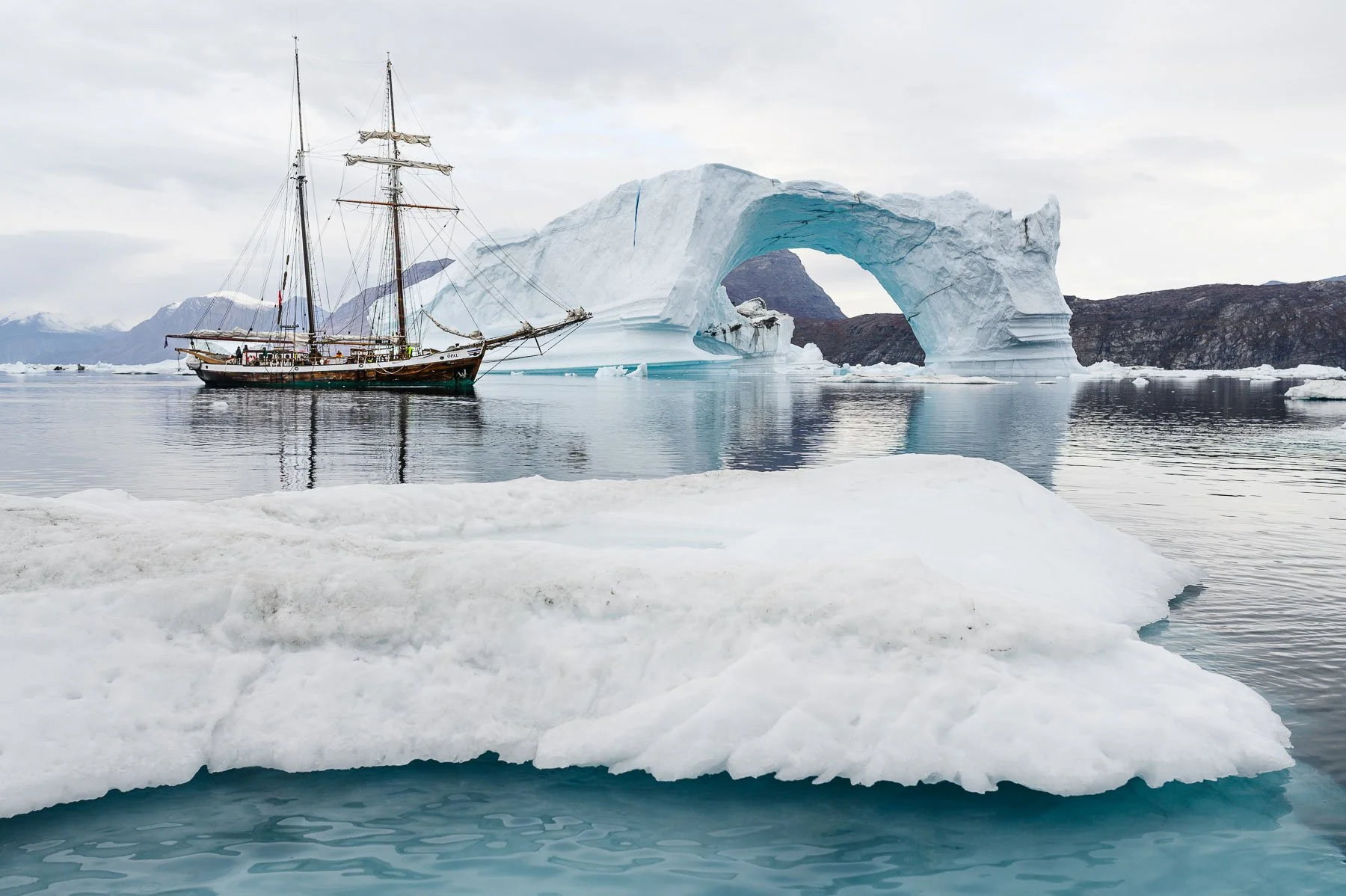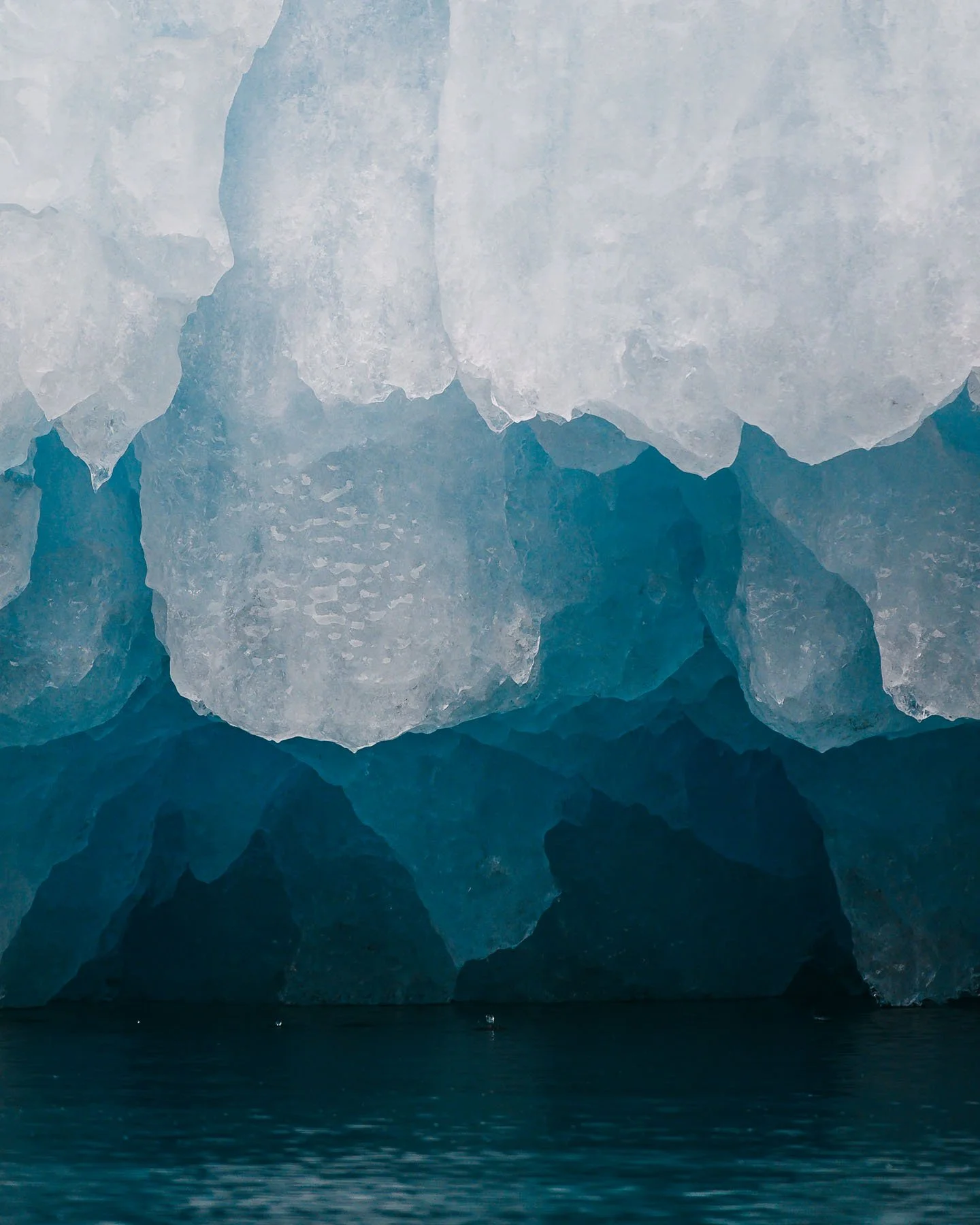The Arctic Explorer's Guide to the Arctic Circle
Map of the Arctic Circle
Welcome to The Great Expedition Company Blog!
In the Great Expedition Blog, we cover and discuss all manner of topics, issues and things to think about when it comes to Greenland, Iceland and the polar regions (Arctic and the Antarctic). We do hope you can benefit from our expedition and travel experience in these areas and use the information found here to make choices about your future travel plans that suit you perfectly.
Introduction:
Hello to you Great Expeditioners! You've just stumbled across our ultimate guide to the Arctic Circle. Join us on a journey to the Arctic Circle, where the icebergs are colossal, the Northern Lights are dancing and adventure awaits!
What will you see and learn here? Hopefully, a lot of things you didn’t know about the Arctic Circle, right from the basics such as:
A polar bear rests on a green island in summer in Greenland.
What is the Arctic Circle?
Why visit the Arctic Circle?
How is the Arctic Circle different from Antarctic Circle?
Where should I go in the Arctic Circle?
What can I see in the Arctic Circle?
What can I do in the Arctic Circle?
When should I go to the Arctic Circle?
Why choose a small expedition ship for your next Arctic Circle
How can I get to the Arctic Circle?
What is the Arctic Circle?
The Arctic Circle is the territory where the sun either does not rise above the horizon or set below the horizon for at least one calendar day of the year. The further north you venture into the Arctic Circle, the more pronounced these effects become.
This means that, at the geographical limit limit of the Arctic Circle, the sun does not set on the summer solstice, 21st June, for the whole day and, conversely, that the sun does not rise on the winter solstice, 21st December, for that while day. The approximate limit of the Arctic Circle is about 66.5 degrees north of the equator. However, for the sake of accuracy, the 2024 the limit of the Arctic Circle lies at 66° 33' 39" north of the Equator.
Why visit the Arctic Circle?
It’s almost too obvious to say, but most people visit far-flung places because:
Something(s) new or profound to see in that place or;
Because of how far away it is from other places (isolation or;
How different it is from the other places you have visited; or finally
There’s is a person (or people) to visit there.
As far as the Arctic Circle is concerned , the main driver is going to the novelty, isolation and difference that the Arctic offers. The Arctic Circle is land of extremes, where polar bears roam freely, the icebergs take fantastical shapes, dramatic ice faces lie crooked and jagged before the quiet fjords and the air is cleaner and crispiest than you could fathom.
The Arctic Circle offers a series of nature's grand spectacles: mesmerizing Northern Lights to the serene silence of frozen icescapes. It's a unique chance to witness the raw beauty of our planet in an unparalleled and untouched way. If you want to see things you never thought were possible and feel things you never knew you could feel, then the Arctic Circle will be an awe-inspiring destination for you.
And then, there are your Arctic friends. No, we’re not talking about the polar bears, the walrus or the whales. We are speaking of course about your fellow expeditioners that you meet on board that you will travel with. All 11 others of them. They are such an important part of an Arctic experience. Its hugs in the beginning and most definitely at the end when all is said and done.
How is the Arctic different from Antarctic?
Adelie penguins in Antarctica.
While the Arctic and the Antarctic are polar opposites (see what we did there?) the Arctic Circle is an ocean surrounded by continents, while Antarctica is a continent surrounded by ocean. Both are frigid, barren wastelands: but where the polar bears and the Midnight Sun, while Antarctica has penguins in their hundreds of thousands and by far the coldest temperatures on Earth. The Antarctic is in fact much colder than the Arctic.
In the Arctic Circle, you can get yourself much further north than you could south in the Antarctic. For example, Longyearbyen, Svalbard, population 2,346 as of February 2024 lies at 78.2232° N, 15.6267° E. The equivalent latitude in the Antarctic will be thoudands of miles from the nearest person in the single harshest place on the planet. Hopefully that gives you some idea!
How is the Arctic Circle different from Antarctic Circle?
Icebergs in the Weddell Sea, Antarctica.
The Antarctic Circle begins at 66°33′49.9″ degrees South, and works in exactly the inverse of the Arctic Circle, with a commensurate turning of the seasons: The darkest day of the year wil be the summer solstice in the northern hemisphere, June 21st, and the brightest day of the year will be December 21st. In this way, the Arctic Circle is very similar to the Antarctic circle.
Consider walking across each circle; it simply isn’t possible in the Antarctic. In the Arctic however, there are plenty of places where you could easily walk into and out of the Arctic. This is because the Arctic is much more populated than the Antarctic.
What can I see in the Arctic Circle?
The Arctic is a wildlife extravaganza! From polar bears to seals, whales, puffins and walrus, it's a nature lover's paradise. And don't forget the Northern Lights, a celestial symphony of colors that turns the sky into a canvas of cosmic art.
Where should I go in the Arctic Circle?
Regarding the Arctic Circle, there are different lines of approach.
Where to go: The Nordics
Sweden, Finland and Norway all have some proportion of their territory in the Arctic. this is a great way to get into the Arctic and make your first steps at exploration. The reindeer in Norway, the lonely fjords and great forests prove that the Arctic is not a total barren wasteland. The deeper parts of Finnish lapland get very, very cold (think -40 Celsius) in the depths of winter, and are not for the faint hearted.
And then there’s Iceland. On the island of Grímsey, a tiny island that is a three hour boat ride from the northern shores of the mainland you will find the only place in Iceland which is habituated and part of the Arctic Circle. You can even get a certificate that says that you have interest the Arctic. Its good fun but its a bit gimmicky. Nevertheless, a fantastic initial foray in the Arctic, especially if you are already in Iceland.
Where to go: Iceland.
South coast of Iceland.
Icleand’s mainland is not in any way, we repeat, NOT in the Arctic, but it is an excellent gateway for exploring Greenland. Iceland has a lot of Arctic-like landscapes but it does not fall in the Arctic Circle. Touch down in Iceland to get a taste of the action with he various glaciers and howling winds before venturing further afield, such as to Greenland.
Where to go: Greenland.
Three Muskox in Greenland
Greenland is the Arctic canvas of your imagination: soaring peaks, the deepest fjords in the world, majestic icebergs and improbable communities dot the coastline while the Northern Lights dance high above. Polars dot the coast, feeds feed at the ice’s edge. Sometimes it all just feels like too much. Two-thirds of Greenland lies within the Arctic Circle, and Greenland’s northern extremity lies within 500 miles (800 km) of the North Pole.
Where to go: Svalbard
A Walrus in Svalbard.
The deepest depths of the Arctic lie in Svalbard, only 10 degrees of latitude away from the North Pole. Here, drink in the midnight sun where the sun set for the last time on April 26th and then not again until late September. Blazing sunshine 24 hours a day. The biggest draw to has to be the Arctic wildlife such as the polar bears (there being a population of 3000 (greater than the human population) and with millions of migratory birds, glaciers and icefalls all around us, you’re never far away from a true Arctic Circle spectacle.
What can I do in the Arctic Circle?
The Arctic offers activities as thrilling as a sled ride down an ice-covered mountain. Dog sledding, snowshoeing under the auroras, and the iconic Polar Plunge into Arctic waters are just the tip of the iceberg. The Arctic isn't just a destination; it's an adrenaline-fueled playground.
Photography/videography
Birdwatching
Zodiac cruising
Exploring the land once you get off the Zodiac
Identify and Spot wildlife
Go hang with the captain
Share tales of travels past with your new friends on board.
Delve into the on-board library
Dog sledding
Kayaking
Standup paddle boarding
Snowmobiling
Mountaineering
Glacier walking
Ice climbing
Skiiing
Polar Plunge (see our Polar Plunge Blog post)
When should I go to the Arctic Circle?
Most expedition to the Arctic will happen between June to August. It's the sweet spot when the sun's up all night, and at the shoulders edge of the season the light gets really, really spectacular. If you actively seek more challenging conditions, you can try and visit in the shoulder seasons and if you want a real challenge you can try the winter.
Why choose a small expedition ship for your Arctic Circle adventure?
Schooner Ópal with an ice arch, Greenland.
Size matters. What does “small arctic expedition” even mean really?
Well, we have a magic number: 12.
12 passengers. That’s it. It’s the key Arctic expedition number. It’s the number that allows you to get to know everyone on board. It’s the number that guarantees life long friends when all is said and done. More practically speaking, a smaller expedition ship ensures an intimate experience, cruising through narrow and shallow fjords and avoiding the "frozen traffic jam" feeling. It's like having a front-row to the finest action in the Arctic world without anyone else spoiling it, and only some great new friends to enhance it.
How can I get to the Arctic Circle?
Flying is your best bet for reaching the Arctic Circle but you can also sail in (if you have the time) which would be an adventure unto itself.
Apart from that, you can fly to Iceland (for Greenland), to Denmark (for Greenland) to Oslo or Tromsø (for Longyearbyan, Svalbard) . These are the Arctic gateway. From ther,e the harbour is your next gateway to adventure. Then, hop on a vessel that's as eager to explore the Arctic Circle as you are. It's the ultimate journey to the top of the world, where each step brings you closer to the frozen heart of the Arctic’s icy realms. Whichever angle you may take, may yout expedition be a Great Expedition.
Ice textures, Greenland.
Conclusion
We do hope you have enjoyed our one-stop Arctic shop! Did we miss anything? Is there anything you would like to know that we have not covered? Let us know in the comments and we will get back to you.
In the dance of Northern Lights and the silent symphony of Arctic ice, we bid adieu to this frozen Explorer’s guide. As you navigate your way through the icy wonders and dream of polar bears and walruses, whales and the like, may your adventures be as wild as a snowstorm and as tranquil as a polar sunrise. Until our next icy rendezvous; stay curious and let the polar spirit guide you to the ends of your next extraordinary journey. In the meantime, bye for now!

